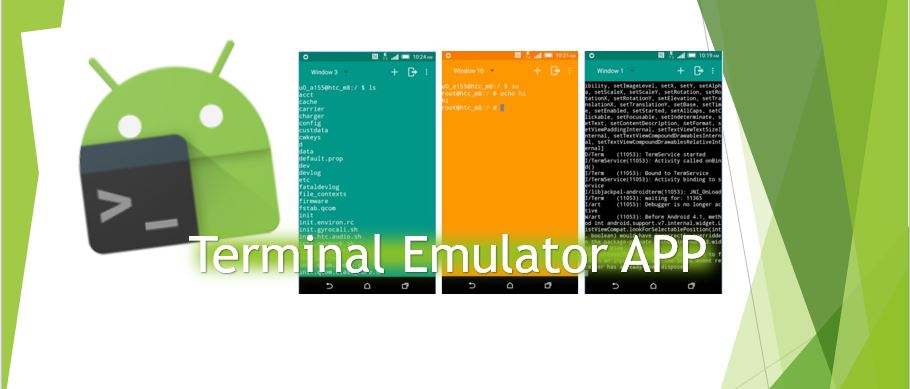


The 4168 bit you see above is a process id, which you can safely ignore.With the addition of an ampersand, the AVD will run in the background and you’ll regain control of your terminal. You could open a new terminal tab or window to avoid this, but you could also try appending a & to the end of the command, which is a little Linux trick to run a process in the background. One important note: when you run the emulator command with the -avd flag, the process that controls the AVD remains active in your terminal - meaning, you are unable to type subsequent commands without killing the AVD. For example here’s how I run my Nexus 5X AVD using the emulator command. Once you have an AVD’s name, you can start up that AVD with the emulator command’s -avd option. For example, here’s what that command looks like when I run it on my Mac. The first option you’ll want to know is -list-avds, as it lists all AVDs you currently have configured. Launching Android AVDsĪs part of the Android SDK installation you get a command-line tool called emulator, which is the Google-blessed way to work with AVDs from the command line, and which has a number of options that let you do a wide range of things. In this article I’ll walk through how you can set up these commands on your own machine. I named them ios-simulator and android-emulator, and here’s what they look like in action. So I spent a little time setting up commands that let me launch these tools from my terminal.
#Mac access android emulator command line simulator
I use the iOS Simulator and AVDs (Android Virtual Devices) heavily, and was getting frustrated with the need to manually launch the two from Xcode and Android Studio, respectively.


 0 kommentar(er)
0 kommentar(er)
